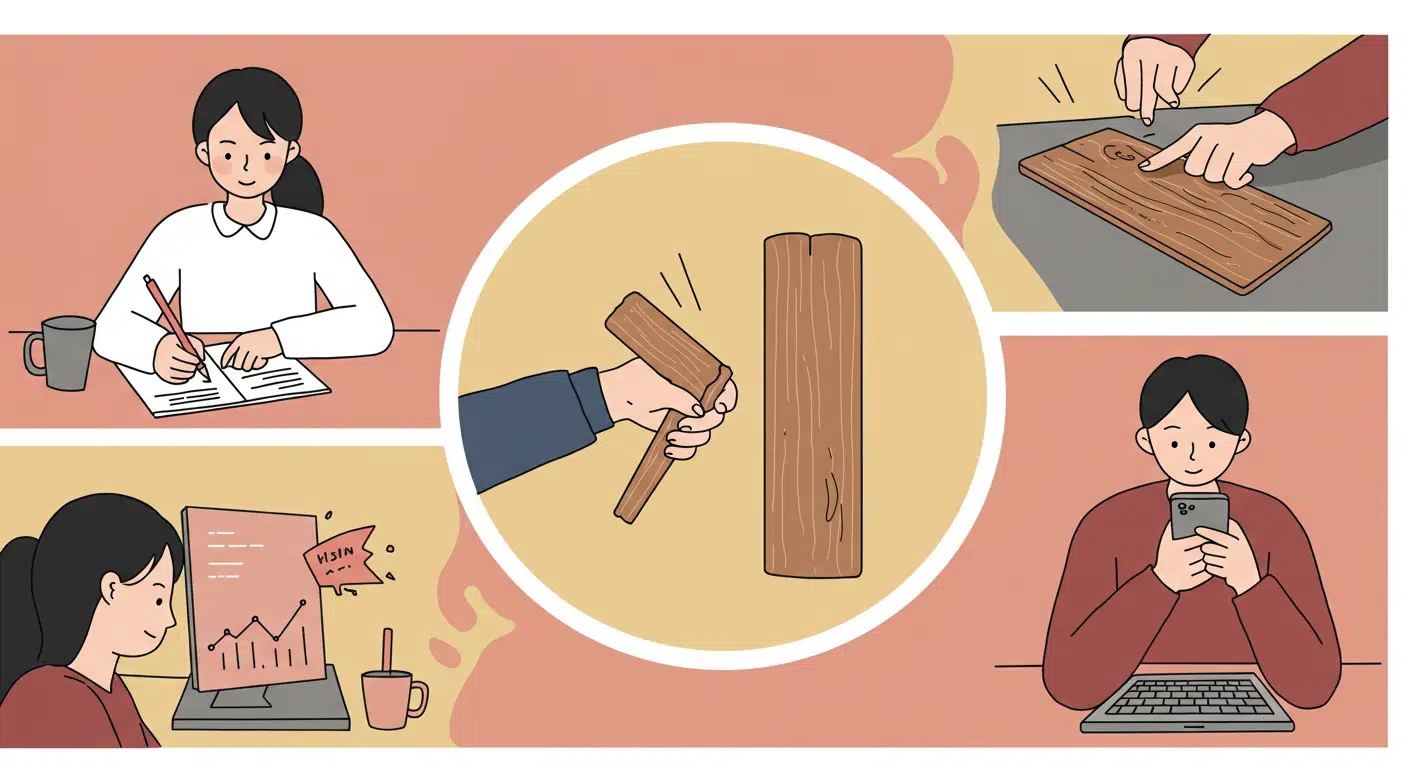The Koh-i-Noor diamond, one of the most storied and sought-after gems in history, is widely believed to bring devastating misfortune to any man who possesses it, while female owners remain protected. The curse allegedly explains the violent deaths, dethronements, and defeats of many male rulers who once controlled the diamond. This belief has influenced how the diamond has been handled and worn within the British royal family for over a century.
The diamond, now weighing around 105 carats, has passed through the hands of numerous empires, including the Mughals, Persians, Afghans, Sikhs, and British. In nearly every case, its male rulers faced tragedy or political downfall—fueling belief in its curse.



